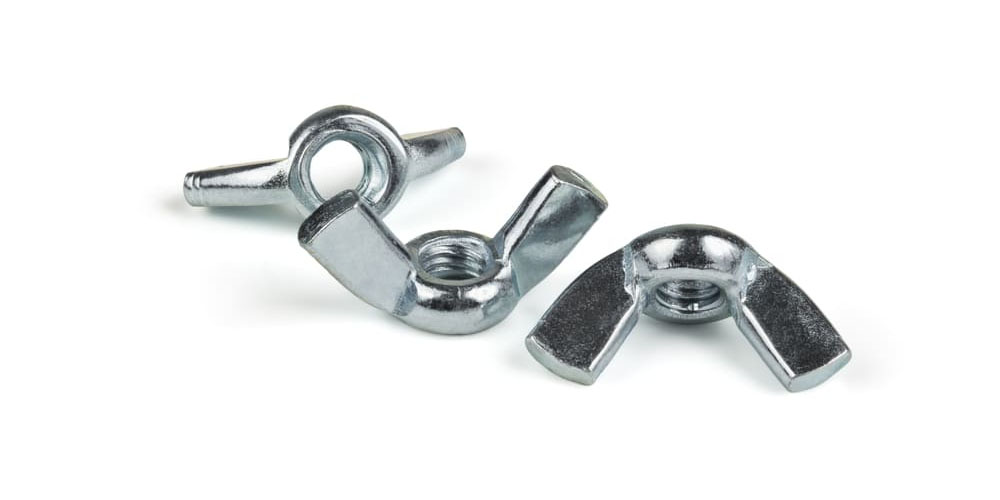Cold forging is an efficient metal manufacturing process that uses compressed forces to shape metals at room temperature. Depending on the part’s requirements, you may need to strike it severally or pass it through many dies to achieve the desired shape. The process is very economical as you can produce large volumes of parts at a lower cost. Additionally, metal parts from cold forging have an excellent surface finish. The various cold forging methods also improve products’ strength, making them last longer. Moreover, the processes are performed by a wide range of cold forging machines and equipment outlined below.
Cold Forging Machines and Equipment Variety
There are three different types of cold forging machines and equipment: mechanical, hydraulic, and pneumatic. Some cold manufacturers have one type, while others have various options depending on their operation and size. Hydraulic and pneumatic are common cold forging machines since they require less space, provide varied forces, and are programmable.
Requirements for Cold Forging Machines
The machines you use for cold forging should meet specific requirements, which include:
1. Force
Cold forging processes involve a tremendous amount of force. Therefore, the equipment you want to use should be able to absorb that force and dissipate it.
2. Balance
All machines need to have static and dynamic mass balance to minimize vibrations and for better performance. The same applies to cold forging machines.
3. Endurance
Cold forging processes require extremely powerful and repeated forces regardless of the method you choose. The machine should be capable of enduring this force and last for an extended period.
4. Versatile
The latest cold forging pieces of equipment referred to as headers can perform multiple operations simultaneously. The machines can do this because one stroke performs limited bar stocks deformation.
Cold Forging Equipment Types
These are the different types of cold forging equipment.
1. Hydraulic Die Forging Hammer
The machine offers maximum force with minimum investment and can make various impressions from a wide range of dies. In addition, it works using the hydraulics principle where a cylinder contains an incompressible liquid. When the piston compresses the liquid, it drives the shaft with the attached die to the workpiece.
2. Screw Press
Its pressing speed is lower; thus, it is used to deform large parts. Due to its configuration, the screw press is used for dies with a single slot like final forgings. An electrical motor produces power that turns the screw which then moves the die to the workpiece.
3. Pneumatic Power Press
Pneumatic power press can perform all die pressing functions. The equipment has a friction clutch and brake that are pneumatically operated. The air compressor produces the power to run the press. The cylinder with the piston contains air pressure that pushes the forging hammer down to the workpiece.
4. Mechanical Cold Press
Mechanical cold presses are facing out because they are less efficient. They need to have larger sizes to supply the force necessary for cold forging. The equipment’s flywheel stores energy generated from the motor. When you activate the flywheel, it pushes the hammer onto the die.
Conclusion
You must know the type of cold forging machine and equipment a manufacturer has since it contributes to the parts’ quality you will get. Furthermore, you should ensure that you select cold forging professionals with ultra-modern equipment for outstanding performance.


